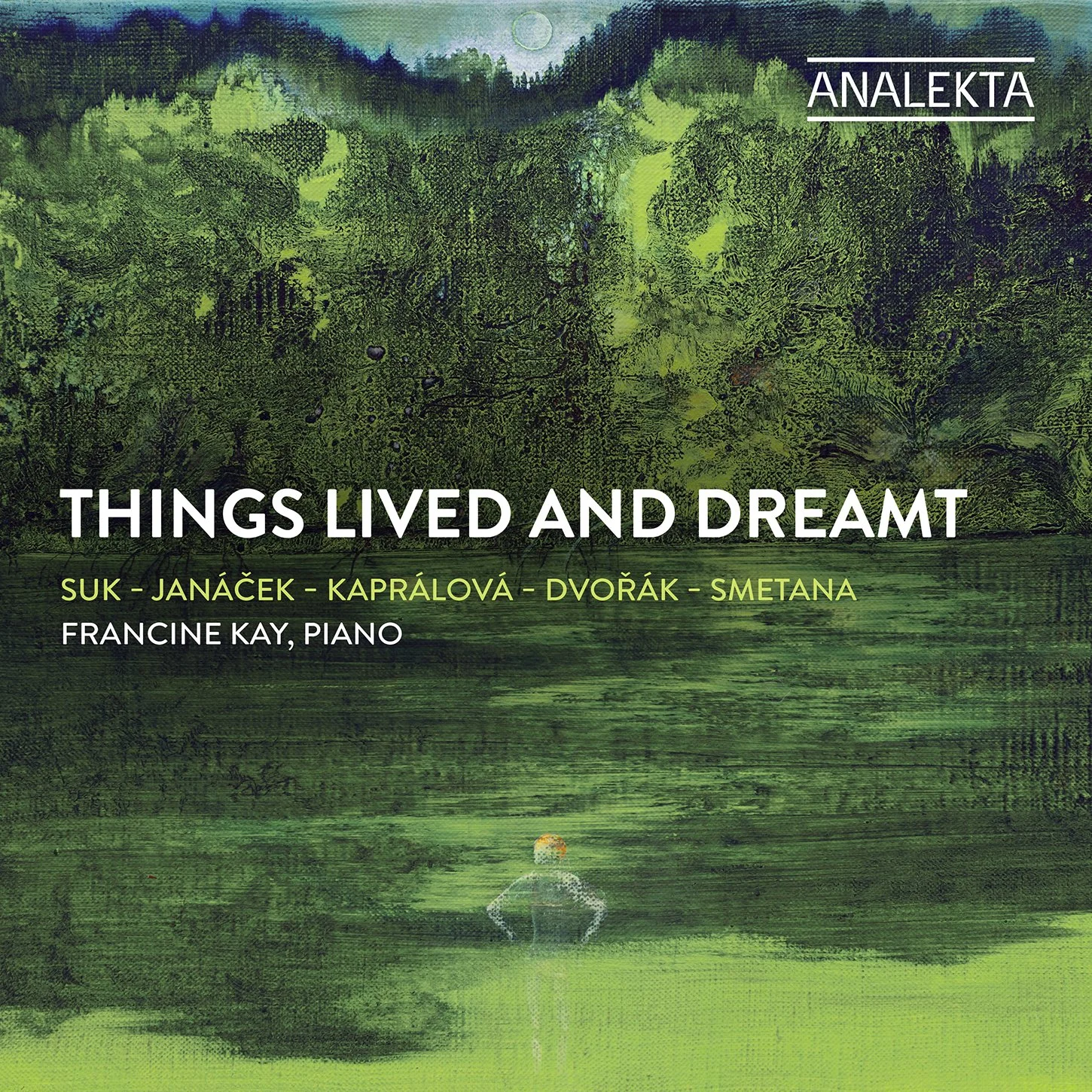New from Canadian Brass: Canadiana
Album featuring some of the most beloved Canadian songwriters released on Nov. 12
Single released on Sept 28: Leonard Cohen's "Hallelujah"
Listen to "Hallelujah"/pre-order album at this link
[Canadian Brass] .... still sounding fresh, still attracting young virtuosos and, above all, still having fun with the music. —Tom Huizenga, NPR
The new recording by Canadian Brass - the most celebrated and enduring brass quintet in history - is the iconic ensemble's first ever all-Canadian album. Canadiana is released on November 12, 2021 (Linus Entertainment, 270596), adding to their impressive catalogue of over 130 recordings.
On September 28, Leonard Cohen's "Hallelujah" will be released as a single. This track represents a reunion of sorts, with a host of former members of Canadian Brass joining the quintet for this treasured tune.
On Canadiana, Canadian Brass celebrates the popular Canadian artists that the group loves to listen to, and has impressed them through their career. Canadiana includes songs by Leonard Cohen, Joni Mitchell, Drake, H.E.R., Shawn Mendes, Rush, Bruce Cockburn, Deadmau5, k.d. lang, and Lara Fabian.
"While we were busy practicing our repertoire and honing our craft, we were also listening to these incredible songs as they were released. We now have the incredible opportunity to play these songs ourselves. This recording project gave us a chance to explore the music generated by the great artists that have been around us throughout our performing career."
The ensemble enlisted their trumpet player and in-house arranger Brandon Ridenour to breathe new life into the selected works. Additionally, the album features Grammy award winning Attacca Quartet member Nathan Schram (for Drake's "Laugh Now, Cry Later"), internationally-beloved guitarist and singer Bruce Cockburn on his own "Thoughts on a Rainy Afternoon", Juno-winning jazz trumpet player Ingrid Jensen (Joni Mitchell's "Both Sides, Now") as well as guitarist Sean Kelly and percussionist Tim Timleck ("2112 Overture" by Rush).
Contact ClassicalCommunications@gmail.com to request a physical CD or digital copy of this recording.
These are the men who put brass music on the map with their unbeatable blend of virtuosity, spontaneity and humor. —Washington Post
Canadiana
Canadian Brass
Achilles Liarmakopoulos, trombone
Jeff Nelsen, horn
Caleb Hudson, trumpet
Brandon Ridenour, trumpet
Chuck Daellenbach, tuba
with special guests Nathan Schram (beat production); Bruce Cockburn (guitar, vocals); Ingrid Jensen (trumpet); Sean Kelly (guitar) and Tim Timleck (percussion)
Linus Entertainment #270596
Release date: November 12, 2021
"Hallelujah" released as single September 28, 2021
Canadian Brass playing songs from Canada... Is there anything more Canadian?
Pre-order Canadiana
View Canadian Brass's Digital Press Kit
Request a copy of this CD
TRACKS
[01] Je Me Souviens (Originally recorded by Lara Fabian) 02:49
[02] Senorita (Originally recorded by Shawn Mendes) 03:11
[03] Constant Craving (Originally recorded by k.d. lang) 03:26
[04] Both Sides, Now (Originally recorded by Joni Mitchell)* 06:12
[05] I Remember (Originally recorded by Deadmau5) 04:39
[06] Laugh Now, Cry Later (Originally recorded by Drake)** 03:37
[07] Overture 2112 (Originally Recorded by Rush)*** 03:11
[08] Best Part (Originally recorded by Daniel Cesar & H.E.R.) 05:14
[09] 13th Mountain (Originally recorded by Bruce Cockburn) 03:29
[10] Thoughts on a Rainy Afternoon (Originally Recorded by Bruce Cockburn)**** 03:27
[11] Hallelujah (Originally recorded by Leonard Cohen) 03:36
*With Juno-winning jazz trumpet player Ingrid Jensen
**Beat production by Grammy award winning Attacca quartet member Nathan Schram
***With Sean Kelly (guitar) and Tim Timleck (percussion)
****With Bruce Cockburn (guitar, vocals)
Canadian Brass has been a formidable force in the world of Chamber Music since its 1970 inception. The group has been hailed as the “Kings of Brass” by the press as it singlehandedly established brass as a major influence on the classical music scene. The young players in the ensemble today are inheritors of this long tradition, inaugurated over fifty years ago, having grown up with the sound and style of Canadian Brass as a model. With a discography of over 130 albums and an extensive worldwide touring schedule, Canadian Brass is an important pioneer in bringing brass music to mass audiences everywhere. They have sold well over 2 million albums worldwide.












